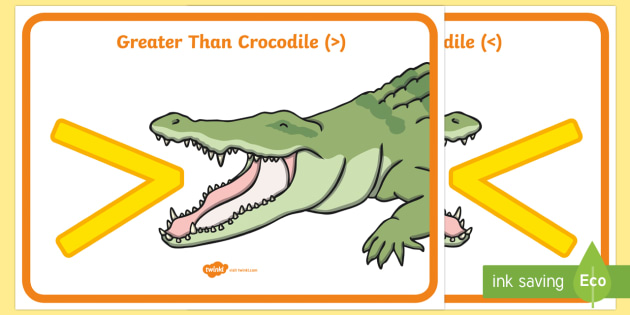

That means that somebody buying a foil card is probably even less inclined to look over an a-bit-too-liberal grading of a card. After all the customer pays extra to get this version of the card. However, when grading foil cards, you might want to take into account, that foil cards are not only playing cards, but always collectors items as well. The same principles as outlined above apply for foil cards. A sample image is shown at the bottom of this page.


Visible clouding precludes a card from being Near Mint. Clouding is basically an effect of microscopical damage to the card surface, that might add up over time to produce this dull effect. Don't do it! CloudingĪ card that is clouded looks dull although no major damage can be observed in the clouded spots. Offering these as Beta cards is a fraud attempt and might lead to legal consequences including criminal prosecution. This is particularly important for Unlimited cards that have a blackened border. If a card's borders have been altered ALWAYS make sure to offer it as Poor. This is considered fraud, and will lead to exclusion from Cardmarket. However, precisely for that reason it is also done to sell a card for more than its inherent, remaining value. Blackening the borders of a card is mainly an action of destroying its value in an attempt to improve its looks. Tampering with the border of a card will always result in a card that is in Poor condition. BendĪ card is bent if the structure of the paper has been damaged due to excessive bending.

Refer to the explanations of our gradings for a rough translation. Different stores have different techniques, but it generally comes to down to something like Mint/Near Mint (M/NM) being the best followed by Slightly Played (SP), and Played (PL), Heavily Played (HP), and finally Poor. American GradingsĪmericans use a different grading terminology than PSA and Cardmarket these days. An altered card should only be offered with a scan. The most typical way of altering a card is to extend the art over the rest of the card, but there are basically no limits to the imagination if the artist. Mint (M)Ī card is considered altered when the artwork of the card has been altered as a means of personalizing the card in a way that has some artistic merit. The Cardmarket grading system tries to image the way cards are usually graded in Europe, and uses Mint, Near Mint, Excellent, Good, Light Played, Played, and Poor.Īs "a picture is worth a thousand words", we provide also some sample pictures that can help you identify the right condition for your card. Fair and Very Good are grades that are used just very rarely these days. In Europe the grading system is still largely a remainder of the PSA grading system for baseball cards, however the names have changed a bit. Generally the use of Played, Slightly Played, and Heavily Played is uncommon in Europe, but has become the standard way of describing cards in the USA. In the most extreme cases the six grades from Excellent to Fair were condensed into the grades Slightly Played and Played. Over time especially at the lower end the large range of grades was replaced with a smaller number of grades. Over time Magic's grading system has evolved to reflect the needs of Magic players. Early on the accepted grades were Mint, Near Mint, Excellent, Very Good, Good, Fair, and Poor. The Inquest Gamer magazine adopted the Baseball cards grading system for Magic cards as early as 1995. Historically the grading system that Magic uses today comes from the grading of baseball cards. To some extent these conflicts are inevitable, but to help minimize the chance for misunderstandings we have put together a guide to help you grade your cards correctly. One person might consider a card to be still Near Mint while the next one thinks it is in Excellent condition. The grading of Magic cards sometimes leads to conflict among buyers and sellers, mainly because grading is not an exact science.


 0 kommentar(er)
0 kommentar(er)
